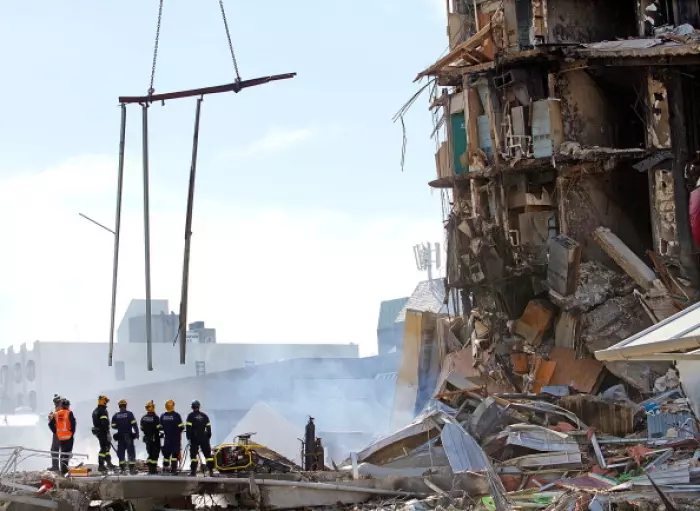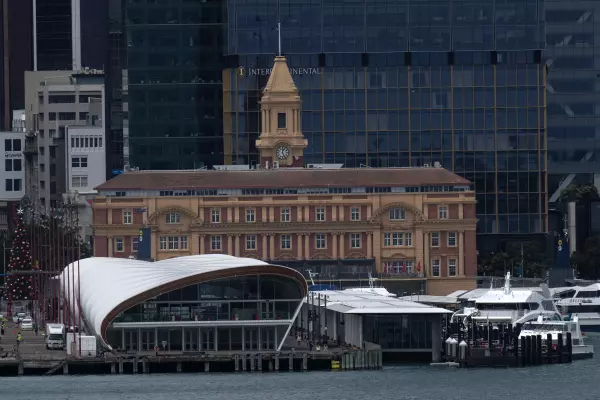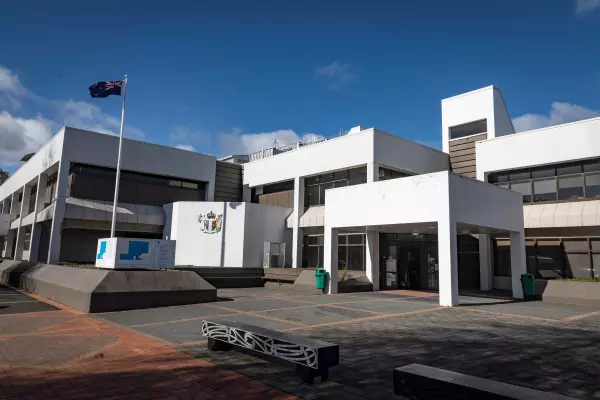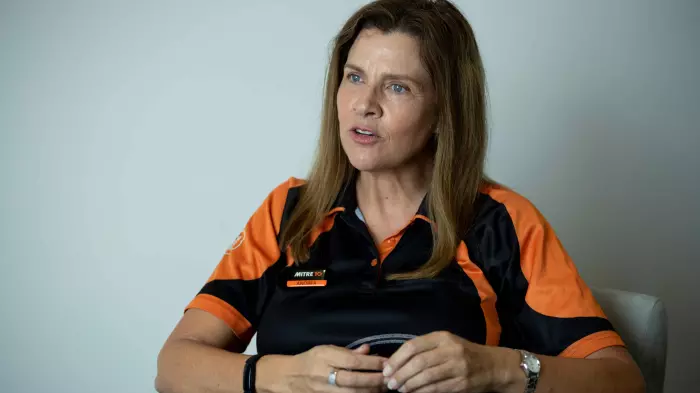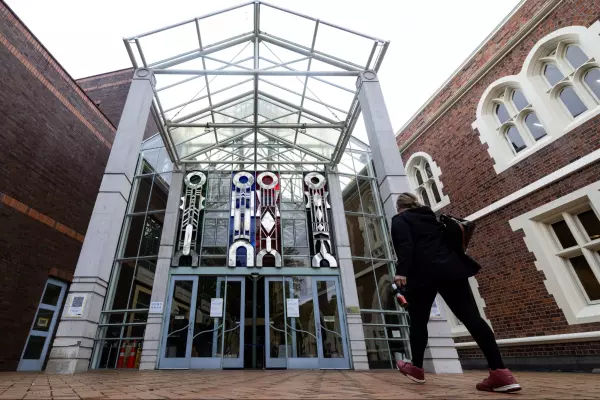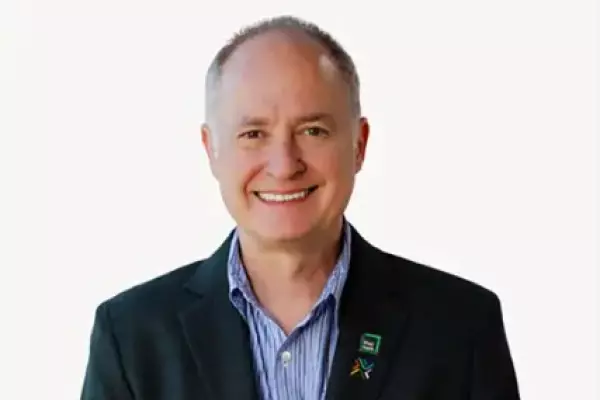More than a decade after 115 people were killed in the CTV building collapse, a glacial complaints process against the engineer whose firm designed the building appears to be reaching the next stage.
Engineering New Zealand, the professional body for engineers formerly known as IPENZ, confirmed to BusinessDesk its investigating committee issued a preliminary decision last December about whether a complaint against Dr Alan Reay should proceed to a disciplinary committee.
Maan Alkaisi, who lost his wife in the building and acts as the spokesman for a CTV families group, was unaware of the decision before being contacted by BusinessDesk.
He wasn’t surprised, he said, but he was disappointed not to be told.
“They haven’t taken any serious action in 11 years.”
The families wanted Engineering NZ to make a finding against Reay acknowledging his role in the tragedy, Alkaisi said, but they had been frustrated by the ongoing delays and legal wrangling.
“I honestly feel that this organisation should be disestablished and another fresh organisation on really sound, transparent, honest, professional grounds should be built.”
The majority of people who died in the February 2011 Christchurch earthquake were killed in the CTV building, which was developed in 1986.
Reay’s firm was engaged to do the engineering design work.
A royal commission of inquiry into the earthquakes identified multiple design flaws and found the engineer who did the work, David Harding, was working beyond his competence. Reay was also criticised for letting Harding work unsupervised or without a system in place for reviewing the design.
“This process led to a building design that was deficient in a number of important respects,” the commission said.
Reay was also involved in the process to obtain a building permit, which the commission found shouldn’t have been issued. His company was made aware of issues with the building in 1990 and, while it took limited action, the commission was critical it didn’t instigate a wider review.
‘Justice delayed is justice denied’
IPENZ found Harding had breached its code of ethics, but a separate complaints process against Reay has been repeatedly frustrated.
A group of CTV families filed a complaint about Reay to IPENZ in late 2012. The chief engineer at the Ministry of Business, Innovation and Employment (MBIE) also complained.
The investigating committee eventually prepared a draft recommendation that the complaint be referred to a disciplinary committee, but before the finding was circulated Reay resigned his membership in February 2014.
IPENZ concluded it couldn’t continue with the complaints process.
Reay has denied he resigned to avoid disciplinary action.
The government sought a judicial review of the decision and in 2018 the high court ruled Engineering NZ had made an error in law in stopping the complaint process. The court of appeal upheld the ruling in 2019 following a challenge by Reay.
A spokesman for Engineering NZ said the organisation reopened its investigation into MBIE’s complaint about Reay in December 2018 following the high court decision. The complaint from the families was dismissed in 2014 after Reay’s resignation.
It was able to resume “in earnest” following the 2019 court of appeal decision, he said.
“We did invite the families, through Maan, to provide submissions during the current investigation, because we want their voice to be heard, but we are limited in what we can disclose to them during the investigation process.”
Despite Engineering NZ looking into the complaint against Reay both before he resigned and for years after the two court decisions, the spokesman said the organisation was moving as fast as it could.
"The speed of the investigation is affected by the procedural steps we have to follow, and how quickly parties meet our requests for information.”
Nigel Hampton QC, who has represented some of the CTV families in other proceedings, said the Engineering NZ process brought to mind an old saying: “Justice delayed is justice denied.”
“I’ve been involved in quite a lot of professional disciplinary bodies and proceedings, both in the legal world and in other disciplines as well, and I find it extraordinary it has taken this length of time to get to where we are,” he said.
“At the present snail’s rate of progress, I can see another two years ahead, which is just completely wrong.”
‘Toothless’ punishment
The Engineering NZ spokesman didn’t disclose the outcome of the preliminary finding issued last December but said it had been shared with Reay. Sections had also been shared with MBIE.
The parties had an opportunity to make submissions before the investigating committee issued its final decision.
Even if the complaint was referred to a disciplinary committee, the committee only had limited powers, including suspending or removing an engineer’s membership (which wouldn’t apply to Reay), ordering the member be reprimanded or admonished, or imposing a fine of up to $5,000.
Alkaisi said he knew Engineering NZ was “toothless”, but he and other CTV families still wanted them to issue a statement about Reay.
As he said in his 2021 submission: “Our experience of losing loved ones in a building collapse is very hard, some victims were buried alive and some cut into pieces, some we couldn’t find any trace of them, even no DNA to identify.
“This is why we want Engineering NZ to send a strong message to engineers to put human lives and safety in mind when designing, constructing or inspecting buildings.
“This is why we want to see lessons are learned to make sure this will not happen again to others.”
BusinessDesk put a series of questions to Reay via his lawyer, Willie Palmer.
Reay was unable to answer a number of questions because they related to issues in a current process, Palmer said.
Reay was 80 years old, retired and not registered or practising as an engineer.
Palmer also provided a copy of Reay’s 2014 letter resigning as a member of IPENZ. In it, Reay raised numerous concerns about IPENZ’s alleged failings and said he had no confidence in the fairness of the disciplinary process.
"With the exception of my connection to the CTV building, (which I did not design or certify, nor was I involved in its construction), there has been no criticism of any of my work,” he said.
At the end of the letter, Reay said: “Not a day goes by that I don’t think about the loss of life in the Christchurch earthquake and the impact on the grieving families".
“There have been significant public and media misconceptions of me as a professional engineer and as a person. IPENZ’s treatment of me and the way it has handled the disciplinary processes has only added to that.”
Alkaisi said he and other CTV families didn't think Reay had made any sincere apologies or learned lessons from the disaster.
Regulatory system overhaul
Cabinet is expected to consider proposals for a new regulatory regime for professional engineers in the “coming weeks”, an MBIE spokeswoman said.
NZ currently has two voluntary approaches for regulation: membership of Engineering NZ or certification as a chartered professional engineer. Engineering NZ is the registration authority for certification.
A discussion document put out by MBIE on the proposed changes last year said a large number of engineers weren’t part of either scheme.
“These engineers are not subject to any checks on their professionalism or competence,” the document said.
“They are not subject to a code of conduct and have no requirements to keep their skills up to date.”
MBIE estimated there to be about 14,000 unregulated engineers but said other estimates put the number as high as 50,000.
Even for engineers subjected to a disciplinary process, sanctions were weak.
There was no ability to prevent from practising any engineer who had their chartered professional engineer registration or Engineering NZ membership suspended.
According to the consultation document, MBIE was proposing a new two-tier regulatory scheme that would require all professional engineers to be registered and subject to a code of conduct.
It was also proposing a licensing regime to restrict practice in high-risk engineering disciplines.
The discussion document proposed a new statutory board to oversee the regime and sought feedback on whether Engineering NZ could have a role providing services to the board, such as running the register.
The Engineering NZ spokesman said the organisation supported the proposal for mandatory registration of all engineers.
It was possible Engineering NZ could remain the effective registration body under the proposed changes, he said.


